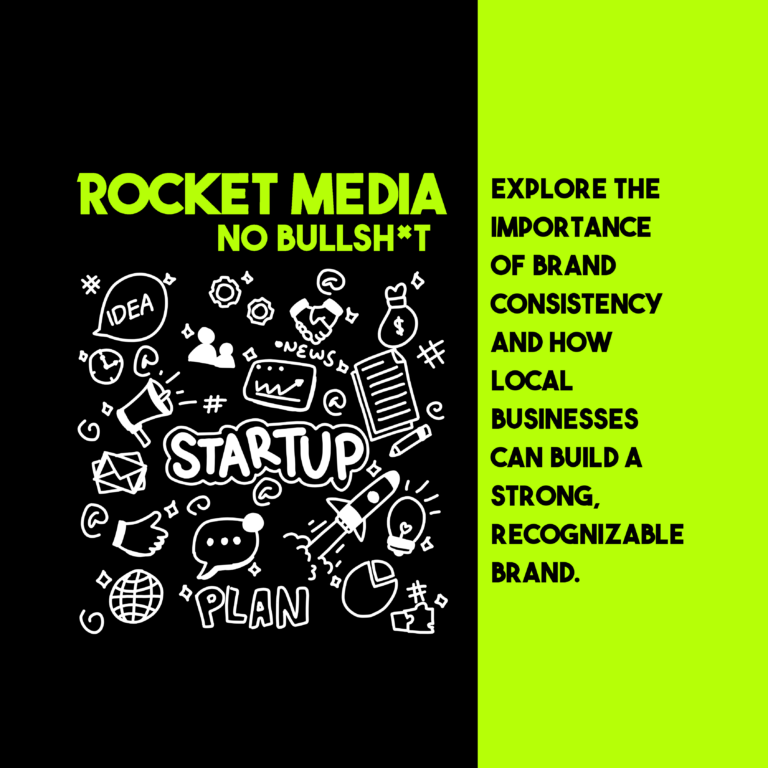Introduction
In today’s fast-paced digital landscape, every business must take advantage of effective marketing strategies to stay relevant. Among the pantheon of digital marketing tools, Pay-Per-Click (PPC) advertising is a juggernaut you can’t afford to ignore. This article aims to be your go-to guide for understanding and implementing PPC to elevate your marketing game.
What is Pay-Per-Click (PPC)?
Basic Definition
PPC is a form of digital advertising where you pay each time someone clicks on your ad. Instead of earning visitors to your website through organic means, you’re essentially buying website visits. It’s a quick way to get in front of potential customers.
How PPC Works
When someone uses a search engine and types in a keyword that relates to your business, your ad could appear at the top of the search results. The position of your ad depends on a variety of factors, including how much you bid for the keyword and the quality of your ad.

Types of PPC Ads
Search Ads
These text-based ads pop up in search engine results. If someone searches for “best laptops,” your ad for your computer shop could appear at the top of Google’s search results. People see your site right away and tend to mindlessly click.
Display Ads
These are the visual banners you see on many websites. They are less intrusive and can be highly targeted. It’s a good way to advertise on sites that target similar audiences, and people are more likely to click because of it.
Social Media Ads
These ads appear in social media feeds and can be customized to appear to users based on various demographics. These are super targeted ads that can reach lots of people.
Why Use PPC?
Instant Visibility
Organic SEO strategies take time to show results. Paying for clicks is a faster route for businesses looking to gain quick visibility. Think of it as the fast pass at an amusement park—why wait in line when you can get to the front quicker?
High ROI
Though PPC does require a financial investment, the return on that investment can be significant. When set up and managed correctly, PPC can bring in a substantial number of leads or sales. If done properly, this method of gaining leads should pay for itself in no time.
The Anatomy of a Great PPC Ad
Headline
The headline needs to grab attention immediately. Make it as relevant to the keyword as possible. Remember, you’re competing with other ads and organic results, so make it pop. Headline writing is harder than it seems, so get your thinking caps on.
Description
Here is where you tell potential customers what you have to offer. Be direct and concise. The description should answer the question, “Why should I click on this ad?” Words are powerful, so choose them wisely.

CTA
What action do you want people to take after seeing your ad? Whether it’s to “Buy Now,” “Learn More,” or “Call Today,” make it clear. Calls to action are extremally important in the advertising world.
Keyword Research for PPC
Importance of Keywords
Keywords are the backbone of PPC advertising. They connect your ads to your potential customers. The better your keywords, the better your chances of your ads reaching the right people. Just think of what your target audience would search for in Google when they need your product or service.
Tools and Strategies
There are many tools out there for keyword research, like Google Keyword Planner, SEMrush, and Ahrefs. You can also look at your competitors to see what keywords they are targeting. Keywords are a great way to make your ads more targeted.
Setting Up a PPC Campaign
Platforms
Choose the right platform for your audience. Google Ads is the most popular, but Bing and social media platforms also offer PPC options. Don’t ignore less commonly used search engines.
Budgeting
Determine how much you’re willing to spend and set your budget accordingly. Be mindful of the cost-per-click and your overall conversion goals. While a successful campaign should pay for itself within times, you also need to account for errors and missteps.
Monitoring and Optimization
KPIs to Track
From click-through rates to conversion rates and cost per conversion, these key performance indicators will help you understand if your PPC campaigns are effective. This can help you set a budget for future campaigns and decide if you would like to continue with this type of advertising.
When to Optimize
PPC is not a set-it-and-forget-it operation. You need to continuously monitor and adjust your campaigns for optimal performance. Keep track of what’s working and what isn’t. Adjust from there if needed.

Common PPC Mistakes
Ignoring Mobile
As more and more users shift to mobile browsing, not optimizing for mobile can be a severe mistake. You might even find that most of your leads come from mobile searches and clicks.
Poor Landing Pages
Your PPC ad might be stellar, but if it directs people to a lackluster landing page, you’ve lost the game. Think of it as making a great first impression.
PPC vs. SEO
Advantages and Disadvantages
PPC gives you quick results but at a cost, whereas SEO is cost-effective but takes time to show results. Ideally, a balanced approach combining both strategies is often the most effective.
When to Use Each
If you’re looking for quick visibility, go for PPC. For long-term, sustainable visibility, invest in SEO.
Advanced PPC Strategies
SKAGs (Single Keyword Ad Groups)
Using SKAGs allows for more targeted messaging and can improve your Quality Score in Google Ads.
Ad Extensions
These provide additional information and give your ad more space on the results page, making it more eye-catching.

Future of PPC
AI and Automation
Technological advances like AI and machine learning are revolutionizing how PPC campaigns are managed, making them more efficient and effective.
Voice Search
As smart speakers become more common, voice search is expected to dramatically impact PPC strategies.
How to Measure PPC Success
ROI (Return on Investment)
The ultimate measure of success for any advertising campaign is ROI. If you’re spending $1000 on an ad campaign and making $5000 in sales, that’s a solid ROI.
Traffic and Engagement
While ROI is the ultimate goal, traffic and engagement are good indicators of how well your PPC ads are performing. Higher traffic generally means more opportunities for conversion.
Geo-Targeting
Why It Matters
Geo-targeting allows you to show your ads to people in specific locations. If you run a local business, this ensures that your ads are reaching people who can actually patronize your business.
How to Use Geo-Targeting
Platforms like Google Ads allow you to set up geo-targeting with ease. You can target by country, state, city, or even a radius around a specific location.
Retargeting
What Is Retargeting?
Also known as remarketing, retargeting involves showing ads to people who have already visited your website but didn’t make a purchase or take some other desired action.

Benefits of Retargeting
By targeting people who are already familiar with your brand, you increase the chances of conversion. It’s often easier to convince someone who’s already shown interest in your products than to win over a complete stranger.
Understanding Ad Rank
What Is Ad Rank?
Ad Rank determines the position your ad occupies on the search engine results page. It’s based on your bid amount and the quality of your ad, among other factors.
How to Improve Your Ad Rank
Improving your ad quality and relevance can go a long way in boosting your Ad Rank. This could mean refining your ad copy, improving your landing page experience, or better targeting your keywords.
Dynamic Ads
What Are Dynamic Ads?
Dynamic ads automatically adjust their content based on the user’s behavior or other specific criteria, making them highly personalized and often more effective.
Advantages of Using Dynamic Ads
Because they’re tailored to the individual user, dynamic ads are often more engaging, which can lead to higher click-through rates and, ultimately, more conversions.
PPC for E-commerce
How PPC Can Boost Sales
E-commerce businesses can especially benefit from PPC through product listing ads, which show up when people search for specific products.
Best Practices for E-commerce
Using high-quality images, setting competitive prices, and creating compelling ad copy are just some of the ways to make your product listing ads more effective.
Conclusion: The Ever-Evolving World of PPC
The landscape of PPC advertising is continually changing, but the fundamentals remain the same: well-researched campaigns, continuous optimization, and a focus on ROI can yield significant benefits for businesses of all sizes.




